Pentagon Chief Pitches U.S. Drone Technology to Counter China’s South China Sea Aggression

Amazon Drone Deals: DJI Mini 5 Pro Fly More Combo with DJI RC2 now for $1,099!
Defense Secretary Pete Hegseth called on Southeast Asian nations to deploy unmanned surveillance technologies in a unified network to counter what he described as China’s escalating aggression in the disputed South China Sea.
Speaking at the Association of Southeast Asian Nations Defense Ministers’ Meeting in Kuala Lumpur, Malaysia on Saturday, Hegseth urged the bloc to build a shared maritime domain awareness system using aerial and undersea drones capable of real-time threat detection and coordinated response.
Unmanned Systems at the Heart of Regional Defense Strategy
Hegseth proposed developing joint capabilities centered on unmanned technologies to monitor the contested waterway, where China has intensified activities including vessel ramming, water cannon attacks, and territorial expansion. The Pentagon chief emphasized America’s willingness to share its advanced drone capabilities with regional partners.
“No one can innovate and scale like the United States of America, and we’re eager to share those capabilities with allies and partners,” Hegseth told defense ministers, according to Bloomberg’s reporting from the meeting.
The proposal envisions a network where any ASEAN member nation facing maritime threats would immediately alert all others through shared surveillance data from unmanned aerial vehicles and undersea drones. This distributed sensor approach would enable rapid response to Chinese provocations while reducing the need for costly manned patrols across the vast waterway.
Recent Chinese Actions Fuel Regional Tensions
Hegseth cited specific examples of what he characterized as Beijing’s destabilizing behavior, including China’s recent declaration of Scarborough Shoal—forcibly seized from the Philippines in 2012—as a “nature reserve.”
“You don’t put platforms on nature reserves,” Hegseth said, describing the move as “yet another attempt to coerce new and expanded territorial and maritime claims at your expense.”
The Defense Secretary stressed that while Washington values dialogue with Beijing, the United States will monitor China’s actions closely.
“Shared examples of intimidation, harassment and illegal activities are occurring within your sovereign waters and across the South China Sea,” Hegseth told the assembled ministers. “We do not seek conflict, but we must ensure that China is not seeking to dominate you or anybody else.”
Beyond surveillance technology, Hegseth urged ASEAN to accelerate negotiations on a Code of Conduct with China while simultaneously strengthening military capabilities including enhanced joint surveillance and rapid-response tools.
Timing Follows Trump-Xi Tariff Truce
The ASEAN meeting came just days after President Donald Trump and Chinese President Xi Jinping reached a trade agreement in South Korea that reduced U.S. tariffs on Chinese goods from 57% to 47% and paused Beijing’s strict rare earth export controls for one year. Trump had previously threatened to impose 100% tariffs on China starting November 1 over the rare earths restrictions.
The tariff de-escalation appears separate from the Pentagon’s regional security strategy. Hegseth also met Friday with Chinese Defense Minister Dong Jun on the sidelines of the ASEAN gathering, where he raised concerns about Chinese activities around Taiwan and toward U.S. allies in the region.
An ASEAN-U.S. maritime exercise scheduled for December will test interoperability and reinforce freedom of navigation principles, Hegseth announced.
DroneXL’s Take
This announcement represents the alliance-building component of Hegseth’s broader “drone dominance by 2027” strategy we’ve been tracking since July, when he issued a directive to equip every U.S. military squad with expendable drones by late 2026. That policy focused on American forces—this ASEAN proposal extends the vision to regional partners.
The timing is revealing. Just as Trump de-escalates the trade war with Beijing, Hegseth is building military technology partnerships that could constrain Chinese naval operations. It’s the “speak softly, carry a big stick” doctrine updated for the drone age—except now the stick is thousands of networked sensors capable of tracking every Chinese coast guard vessel that crosses into disputed waters.
The technology sharing makes strategic sense given what we’ve documented about the U.S.-China drone competition. When Hegseth pushed Congress for increased drone investments earlier this year, he noted that China produces over 100 commercial drones for every U.S.-made unit. China has also showcased massive drone motherships, developed hypersonic drone carriers, and integrated AI-powered DeepSeek systems across its military drone programs.
The Pentagon can’t match China’s production volume, but it can leverage American innovation in autonomous systems, AI targeting, and sensor fusion—then multiply that advantage by sharing it with a dozen ASEAN nations. A Filipino surveillance drone detecting a Chinese coast guard ship near Scarborough Shoal instantly alerts Vietnamese, Malaysian, and Indonesian forces. That’s the vision Hegseth is selling.
Whether ASEAN nations will embrace it remains uncertain. Many prefer balancing relationships between Washington and Beijing rather than choosing sides. Malaysia, hosting this week’s summit, exemplifies that careful diplomacy. But with Chinese vessels increasingly aggressive in waters claimed by the Philippines, Vietnam, and others, the appeal of American surveillance technology—and the deterrent effect of shared awareness—may prove difficult to resist.
The South China Sea is becoming a laboratory for drone-powered deterrence. If Hegseth’s proposal succeeds, it could establish a template for how allied nations use distributed unmanned systems to counter numerically superior adversaries. That’s a model with implications far beyond Southeast Asia.
What do you think about the Pentagon’s drone technology sharing strategy? Share your thoughts in the comments below.
Discover more from DroneXL.co
Subscribe to get the latest posts sent to your email.
Check out our Classic Line of T-Shirts, Polos, Hoodies and more in our new store today!

MAKE YOUR VOICE HEARD
Proposed legislation threatens your ability to use drones for fun, work, and safety. The Drone Advocacy Alliance is fighting to ensure your voice is heard in these critical policy discussions.Join us and tell your elected officials to protect your right to fly.
Get your Part 107 Certificate
Pass the Part 107 test and take to the skies with the Pilot Institute. We have helped thousands of people become airplane and commercial drone pilots. Our courses are designed by industry experts to help you pass FAA tests and achieve your dreams.

Copyright © DroneXL.co 2025. All rights reserved. The content, images, and intellectual property on this website are protected by copyright law. Reproduction or distribution of any material without prior written permission from DroneXL.co is strictly prohibited. For permissions and inquiries, please contact us first. DroneXL.co is a proud partner of the Drone Advocacy Alliance. Be sure to check out DroneXL's sister site, EVXL.co, for all the latest news on electric vehicles.
FTC: DroneXL.co is an Amazon Associate and uses affiliate links that can generate income from qualifying purchases. We do not sell, share, rent out, or spam your email.





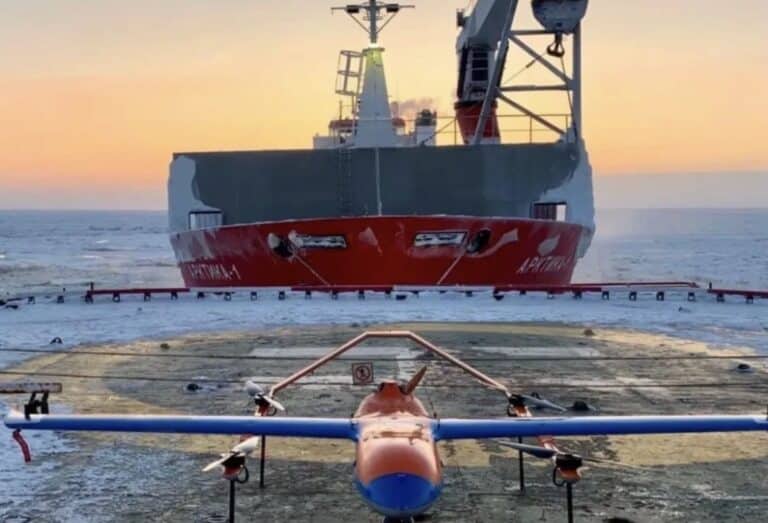


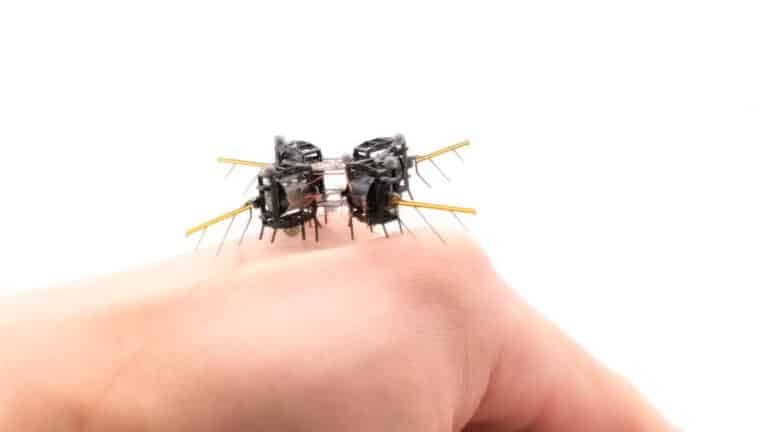

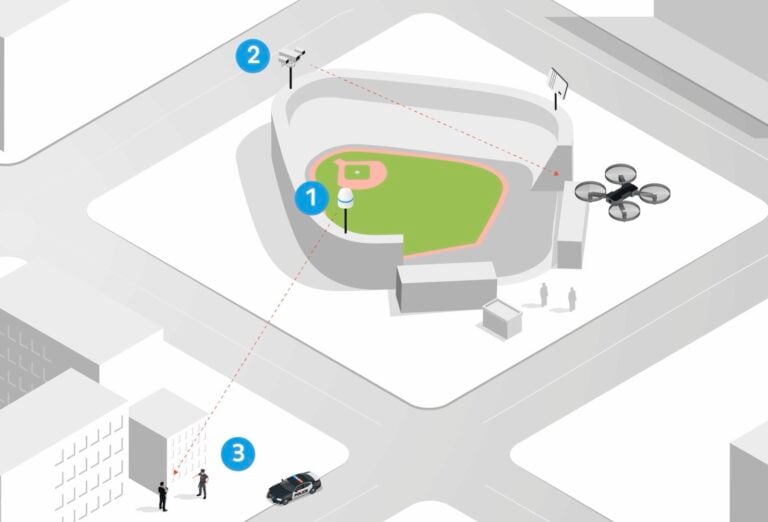


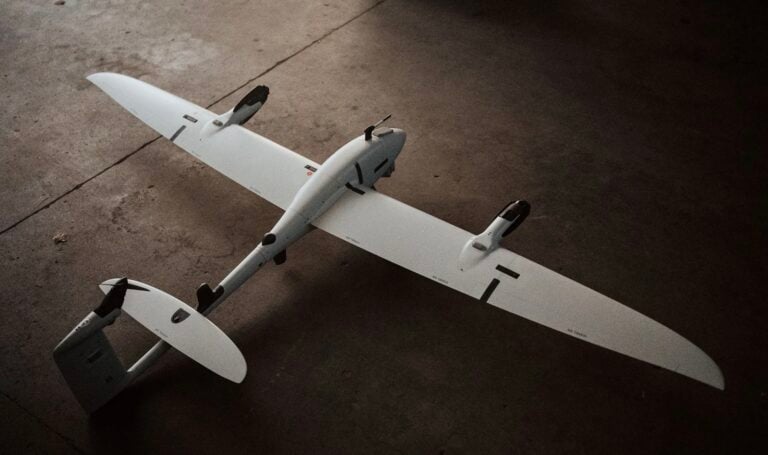
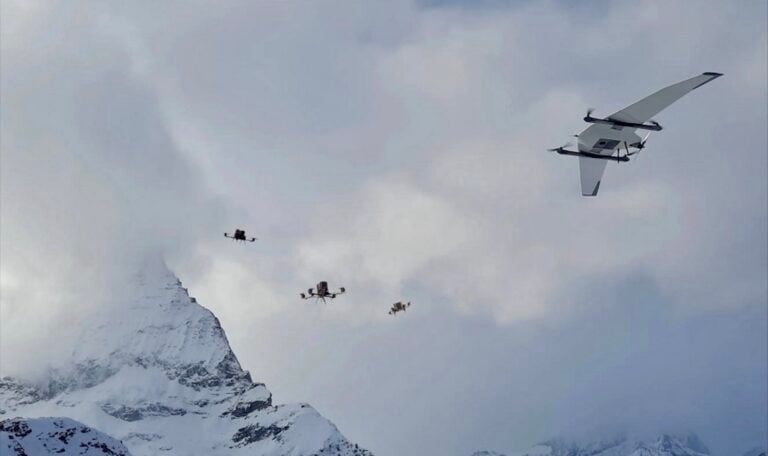

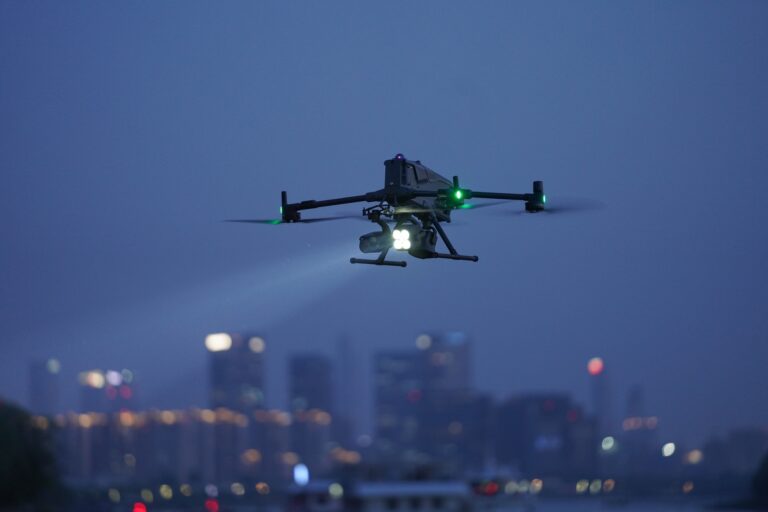


When will the game of “RISK” end? We are not the centre of the universe! We are not alone.